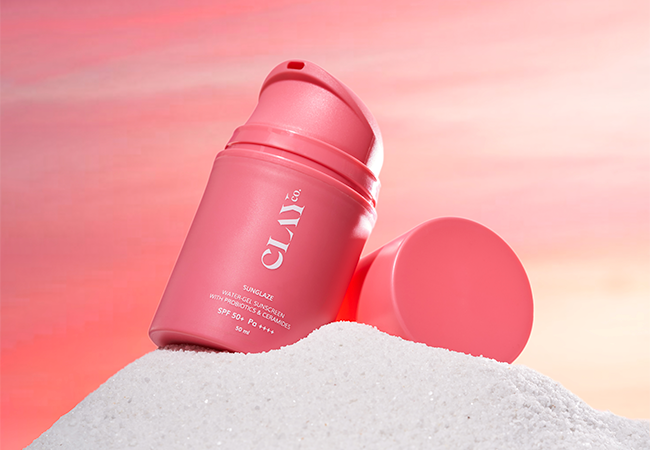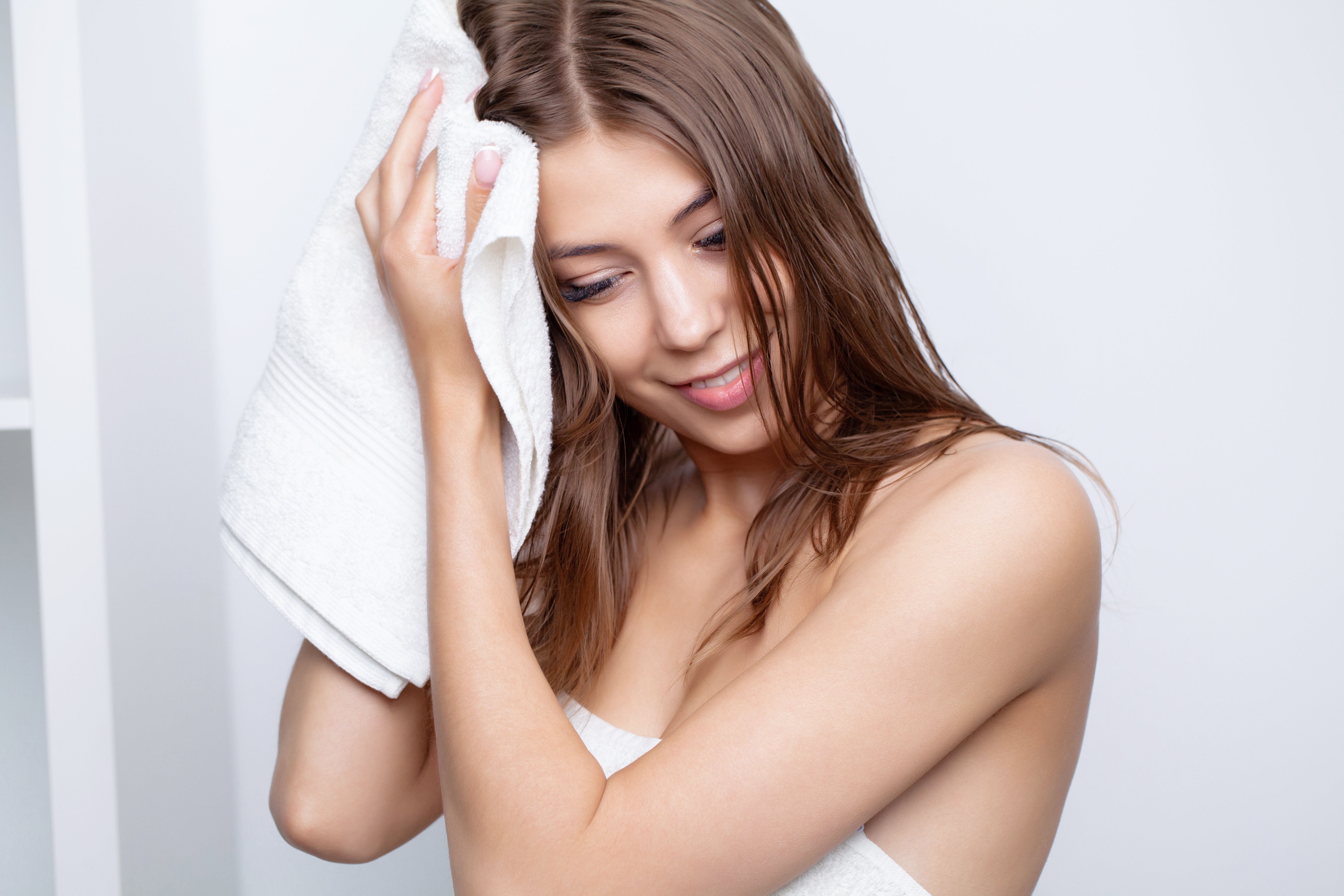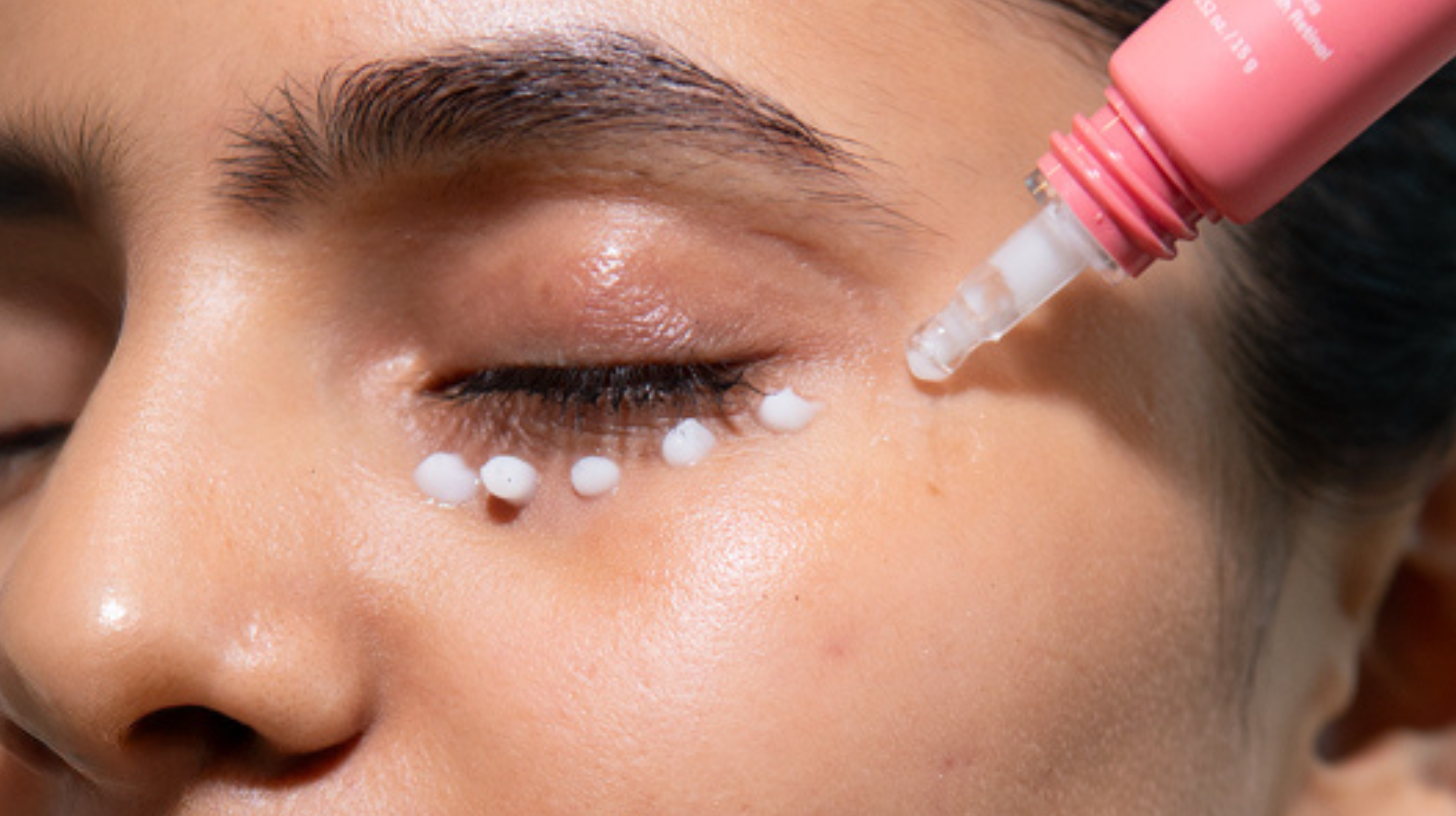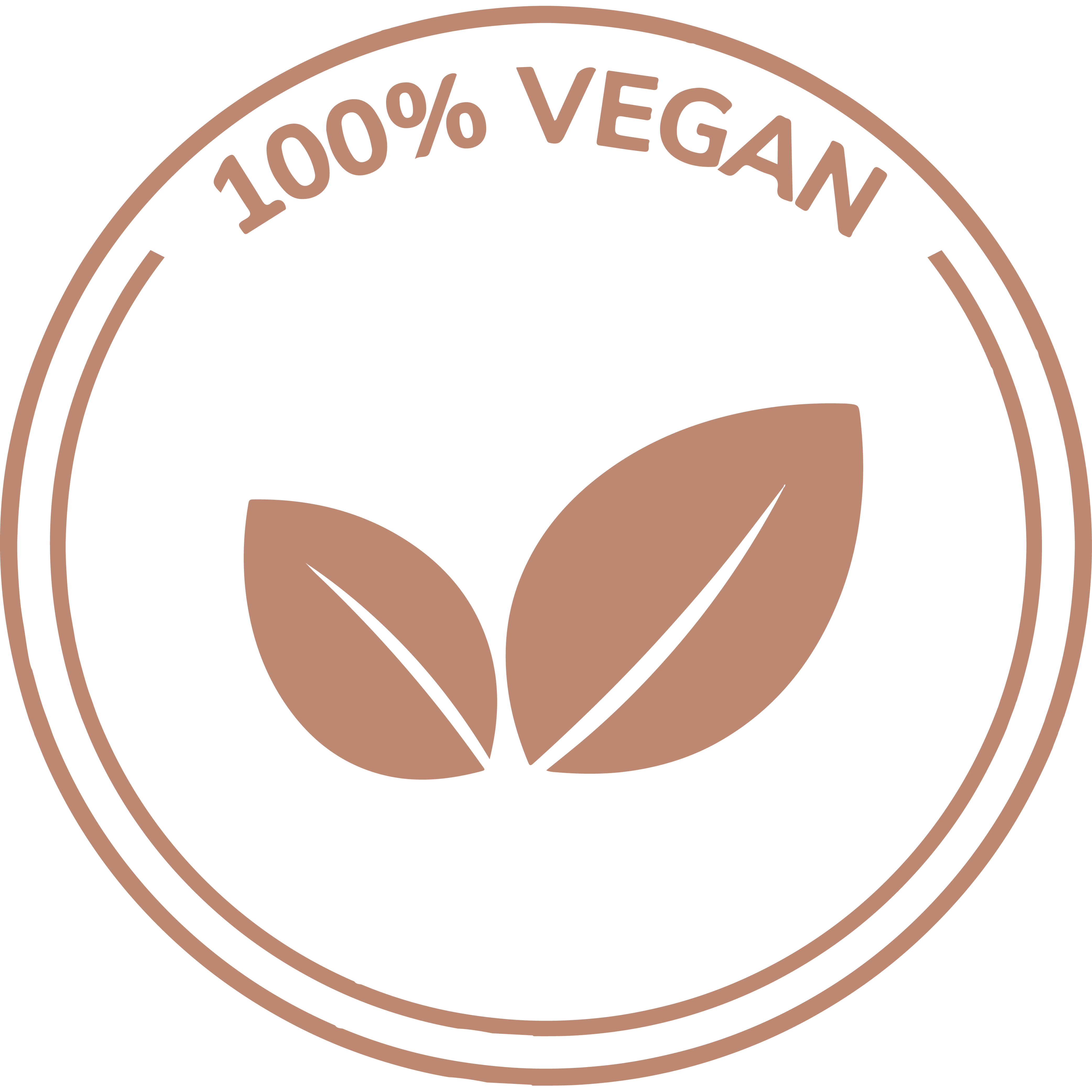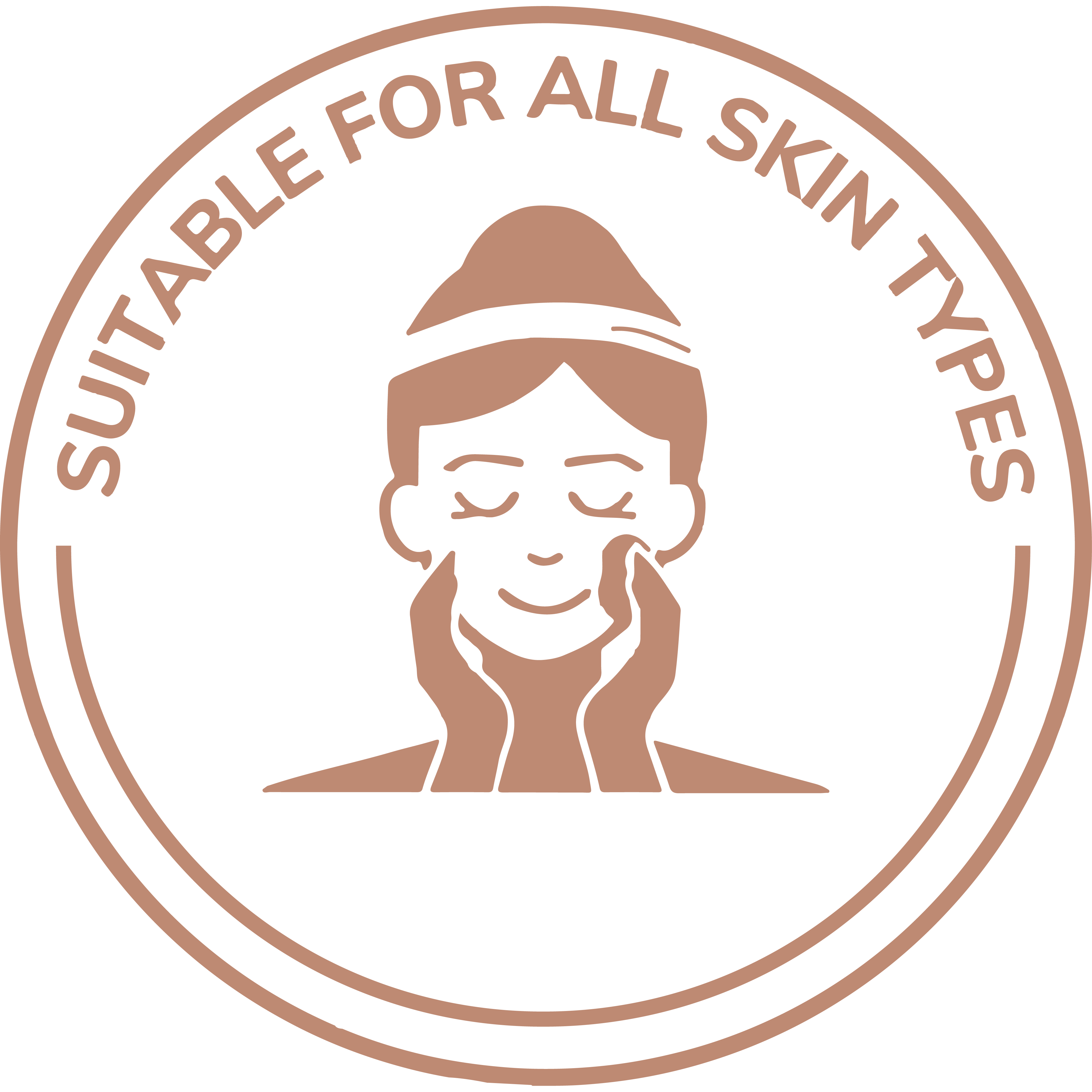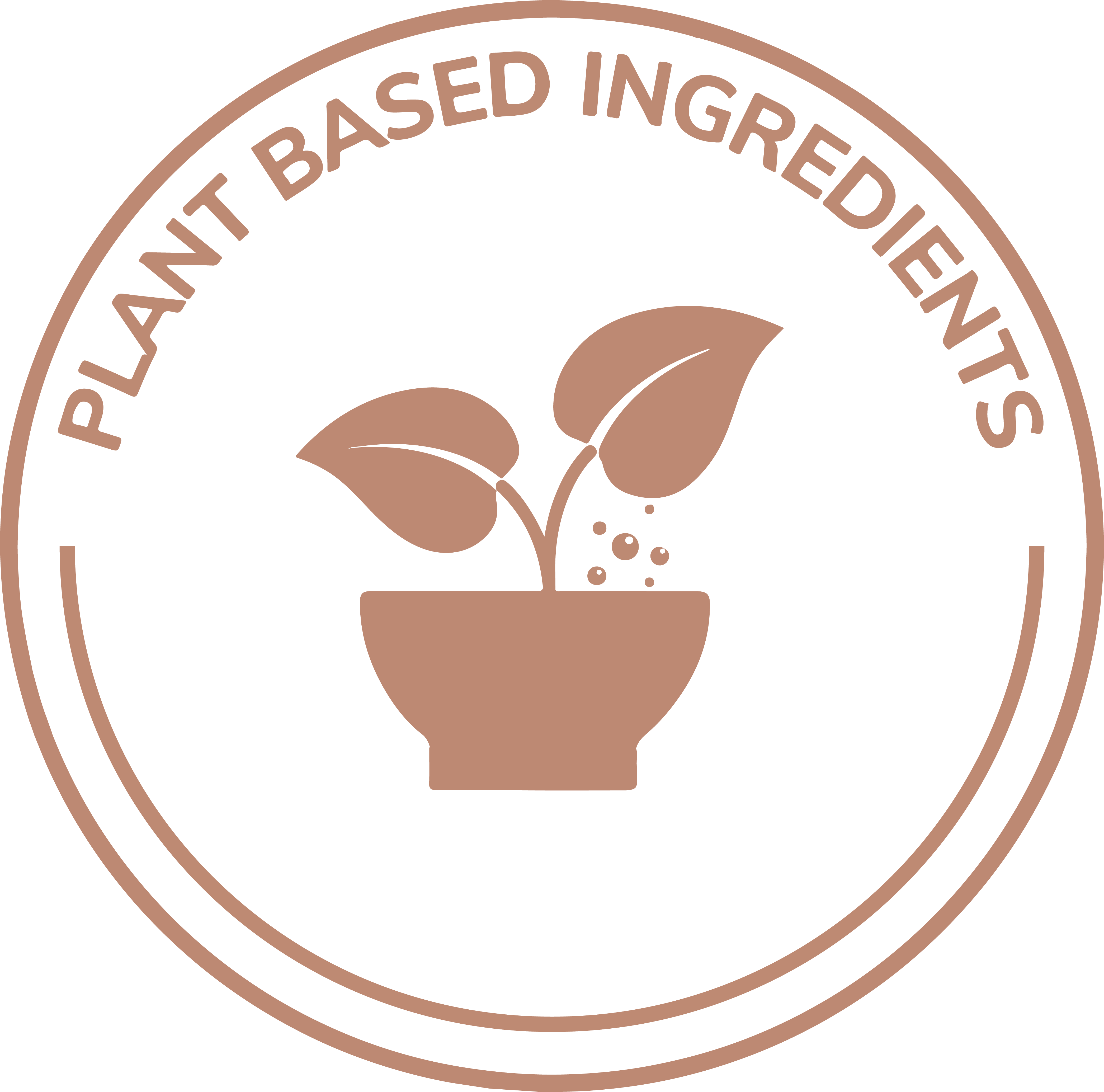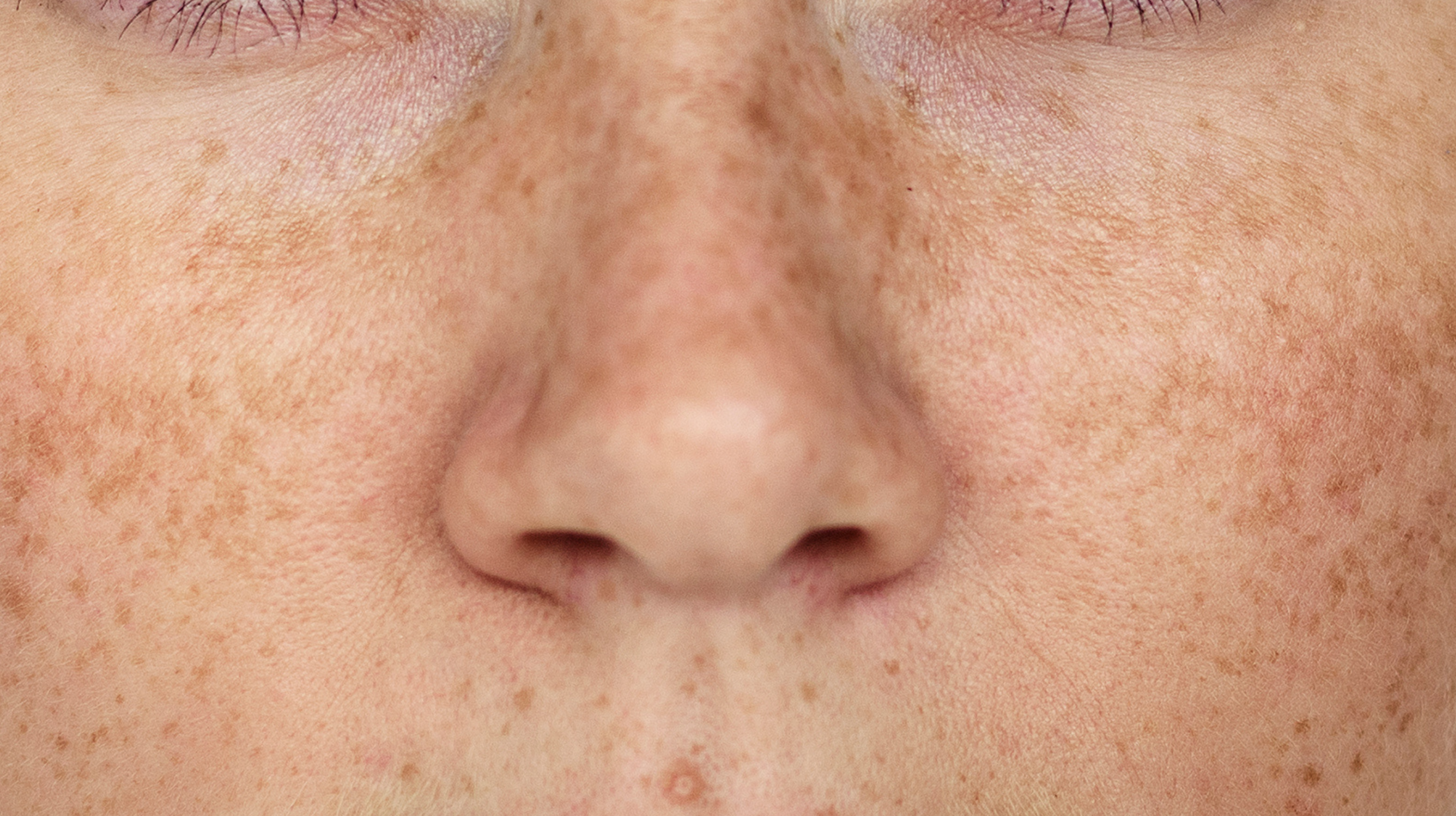
Hyperpigmentation Isn’t Just One Thing: 4 Types & How to Tackle Them
If you’ve ever googled “how to get rid of dark spots” or stared at stubborn patches of discoloration on your face wondering why your skincare routine isn’t working, you’re not alone. Hyperpigmentation is one of the most common skin concerns, especially among melanin-rich skin tones, but here’s the catch: it isn’t just one thing. There are multiple types of hyperpigmentation, each caused by different triggers and requiring different treatments.
Understanding the types of hyperpigmentation is the first step to finally addressing the root of the problem and finding a solution that works. Let’s break down the top 4 kinds of hyperpigmentation, their causes, and the best skincare ingredients and rituals to fade them.
-
Post-Inflammatory Hyperpigmentation
This is the most common type, especially for people with acne-prone skin or sensitive skin.
What causes it:
Post Inflammatory Hyperpigmentation occurs after your skin experiences trauma like acne, eczema, burns, or even aggressive facials. As the skin heals, it overproduces melanin, leading to flat brown or purplish spots.
How to tackle it:
-
Use targeted actives like tranexamic acid, niacinamide, azelaic acid, or licorice root extract to calm inflammation and reduce pigment production.
-
Always use broad-spectrum sunscreen like ClayCo’s Sunglaze SPF 50+ PA++++, since UV exposure worsens hyperpigmentation.
-
Add a hydrating and barrier-repairing product, such as Rice and Ceramide Moistuiser, to avoid further irritation.
Ritual tip: Pair exfoliating serums (like BHA OR glycolic acid) with barrier-strengthening creams. Treat gently, not aggressively.

-
Melasma (Hormonal Pigmentation)
Melasma is deeply rooted in hormones, making it one of the trickiest to treat.
What causes it:
It is triggered by hormonal changes(like pregnancy, birth control,or thyroid imbalances) and worsened by UV light. lt typically shows up as symmetric brown patches on the cheeks, forehead or upper lip.
How to tackle it:
-
Consistent use of tranexamic acid (topical or oral), kojic acid, and niacinamide.
-
Add antioxidants (like Vitamin C) to reduce oxidative stress.
Ritual Tip: Avoid harsh exfoliation, focus on brightening and calming ingredients instead.

-
Sunspots (Solar Lentigines)
Also called age spots or liver spots, this pigmentation is cumulative, showing up more with age.
What causes it:
Years of sun exposure without proper lead to dark flat spots on the face, hands, shoulders, and chest.
How to tackle it:
-
Start with a chemical exfoliant like AHA’s (lactic or glycolic acid) to fade surface-level discoloration.
-
Combine with niacinamide, alpha arbutin, or retinol to regulate melanin production.
-
Most importantly, layer your SPF daily to protect your skin from sun damage.
Ritual tip: If you love the sun, treat your skin with our Sakura & Rice Water Sunmist to help your skin shield itself from the damaging effects
-
Post-Inflammatory Erythema
Often confused with PIH, PIE shows up as red or pink marks, especially in fair skin tones.
What causes it:
It’s not pigmentation from melanin but dilated blood vessels after inflammation, typically post-acne or injury.
How to tackle it:
- Niacinamide and centella asiatica (cica) are key to reducing redness.
- Look for copper peptides or azelaic acid to improve circulation and soothe.
- Use ice rollers, green tea extracts, or Cica serums to calm the skin.
Ritual Tip: Gentle massages with calming moisturisers can speed up recovery.
How to build a pigmentation-fighting routine
Now that you know the types, here’s how to create a skincare ritual that works with your skin:
-
Know Your Type
Check whether your pigmentation is red (PIE), brown (PIH), blotchy (Melasma), or scattered (Sunspots). This will help you choose the right actives.
-
Prioritize Sun Protection
No matter the type, sunscreen is the #1 product to stop pigmentation from getting worse. Use one like SunGlaze Water-Gel SPF, non-sticky, no white cast, and sweat-resistant.
-
Treat With Targeted Actives
Layer wisely tranexamic acid, niacinamide, azelaic acid, Vitamin C, or alpha arbutin depending on your concern.
-
Support the Barrier
Hyperpigmented skin is often irritated or inflamed. Use ceramides, rice extract, and soothing hydrators like our Rice and Ceramide Moisturiser to calm and heal.
-
Be Consistent
Pigmentation doesn’t fade overnight. Give your products atleast 8-12 weeks with gentle rituals, patience, and regular SPF reapplication..
Final Thoughts
Hyperpigmentation is not just a skincare problem, it’s a skin story. And every story needs a different ending. Whether it’s a stubborn post-acne mark, sun-induced freckle, or hormonal melasma patch, identifying what kind of pigmentation you’re dealing with is key to choosing the right skincare for hyperpigmentation.
With the right blend of science-backed ingredients, nourishing rituals, and daily sun protection, your skin can and will bounce back. Just remember: you’re not battling your skin, you’re supporting it.
FAQs
1. Can I use tranexamic acid and niacinamide together?
Yes, they work beautifully together to fade pigmentation while calming inflammation. Use niacinamide in the morning and tranexamic acid at night for best results.
2. How long does it take to see results with pigmentation products?
It usually takes 8–12 weeks of consistent use to see noticeable fading. SPF is critical during this time.
3. Do I still need sunscreen indoors?
Yes! UVA rays, which worsen pigmentation, can penetrate windows. A mist like SunMist makes reapplication easier even when working indoors.
4. Why is my upper lip darker than the rest of my face?
That could be melasma or PIH from hair removal or sun exposure. Use tranexamic acid, gentle exfoliants, and daily SPF.
5. Can oily or acne-prone skin use pigmentation products?
Absolutely. Just avoid overly heavy creams. Go for lightweight formulas like ClayCo’s Rice & Sake Sleep Mask, which treats pigmentation and hydrates without clogging pores.


